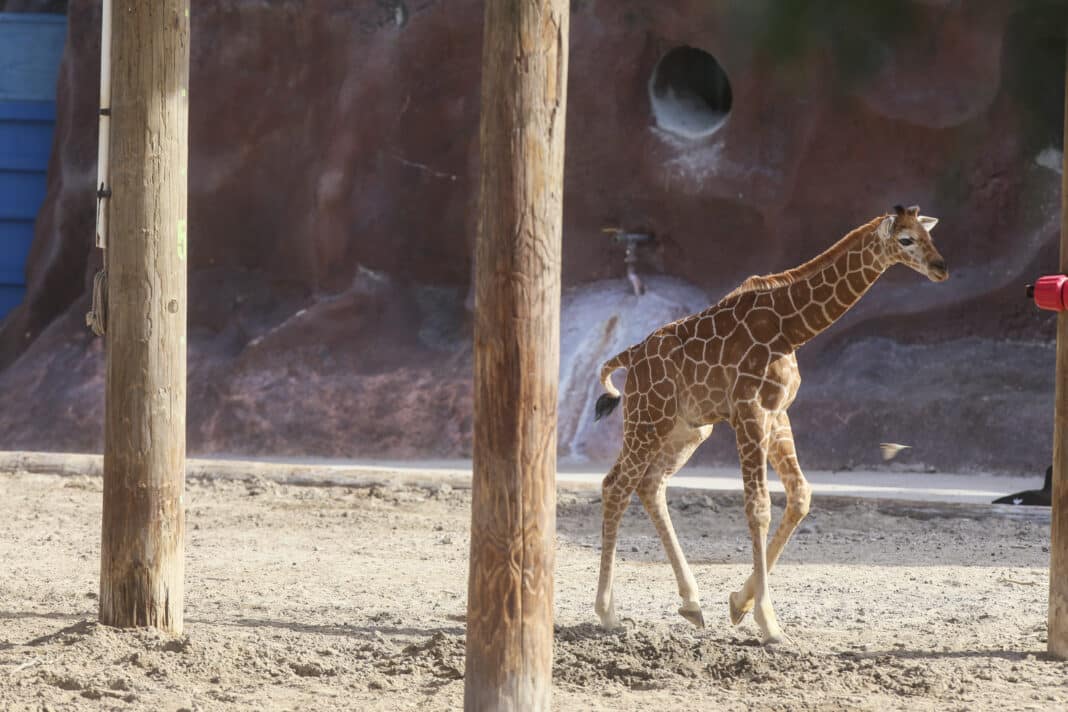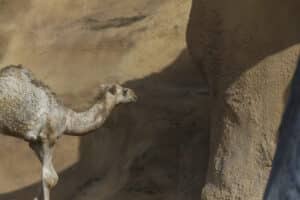
Two of Gladys Porter Zoo’s newest and youngest animals are finally ready to finally meet their adoring public this week in Brownsville.
The zoo welcomed the birth of a healthy male reticulated giraffe on June 14 to parents Priscilla and CJ, and a male dromedary camel on March 16 to first-time parents Jenny and Cotton.
Both births were eagerly anticipated by zoo staff who kept a close eye on the pairs as their babies developed.
Priscilla and Cj’s calf was born weighing roughly 190 pounds and somewhere close to 6 feet tall. Unlike other animals giraffes give birth standing up, which can be an interesting experience for the calf.
“When they are born the mother stands up the whole time, and here this poor little kid comes out and falls… oh four to five feet and hits the ground,” said Walter Dupree, curator of mammals for the zoo.
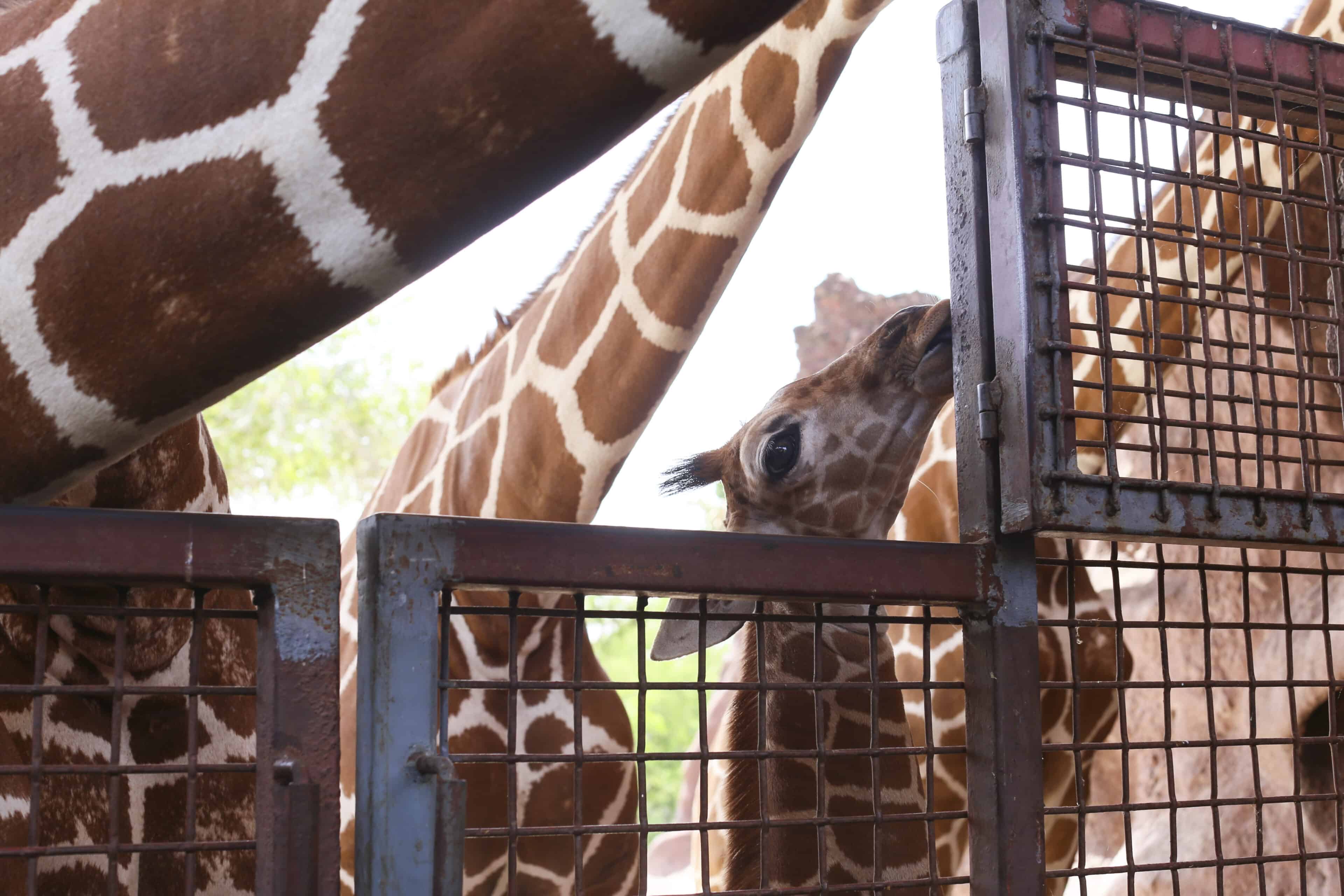
The calf is a cute source of attitude for zoo staff, who report that it likes people, but can be a little rough during playtime.
For zoo member Marisa Garcia, who brought her 14-month-old daughter Marcela to the zoo Saturday, the new babies are something that she can treasure and share with her daughter as she grows up alongside them.
“I remember when I was her age coming here with my mom and just getting to see all the wildlife, things that we would not get to experience if the zoo were not here. So getting to see the baby with my baby is the coolest experience ever,” she said.
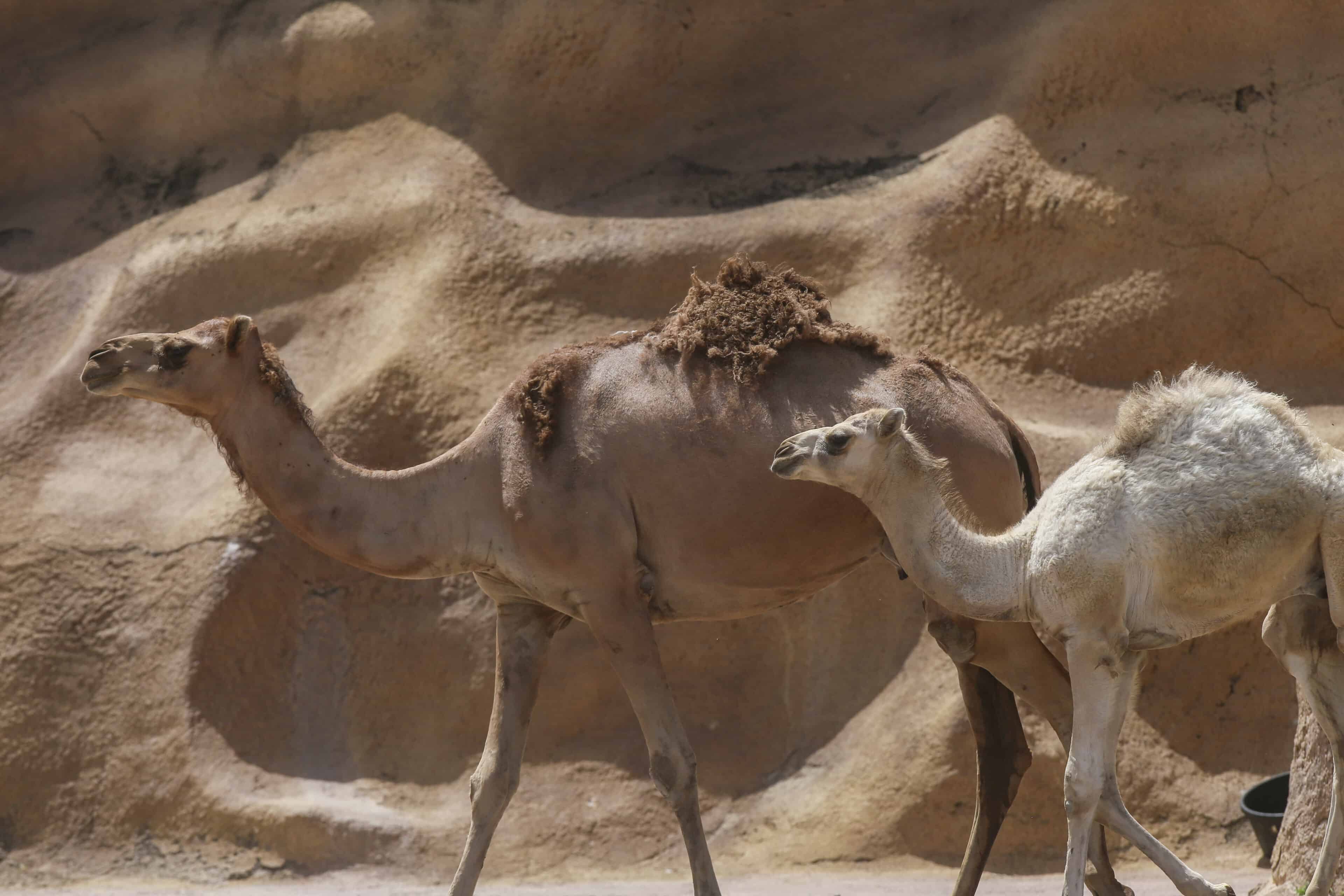
According to Dupree, this calf is one of 70 that Gladys Porter Zoo has seen come into the world since the zoo opened its doors in 1971. While he is a fun addition for zoo comers, for his species he represents a future.
Reticulated giraffes have been designated as an endangered species, according to a press release issued by Gladys Porter Zoo, with populations falling by 50% over the past three decades, currently there are estimates of less than 10,000 remaining in the wild.
The zoo tries to make sure that each giraffe born in their care is as close genetically as they can get to a wild herd. While this not only ensures healthy offspring, it also is part of a dream to one day be able to revitalize the wild giraffe population.
“Every giraffe birth, even though it may not affect today what the numbers are, is a potential good genetic value and the possibility of reintroducing giraffes into the wild in the future if we figure out how to be responsible beings on this planet,” Dupree said.
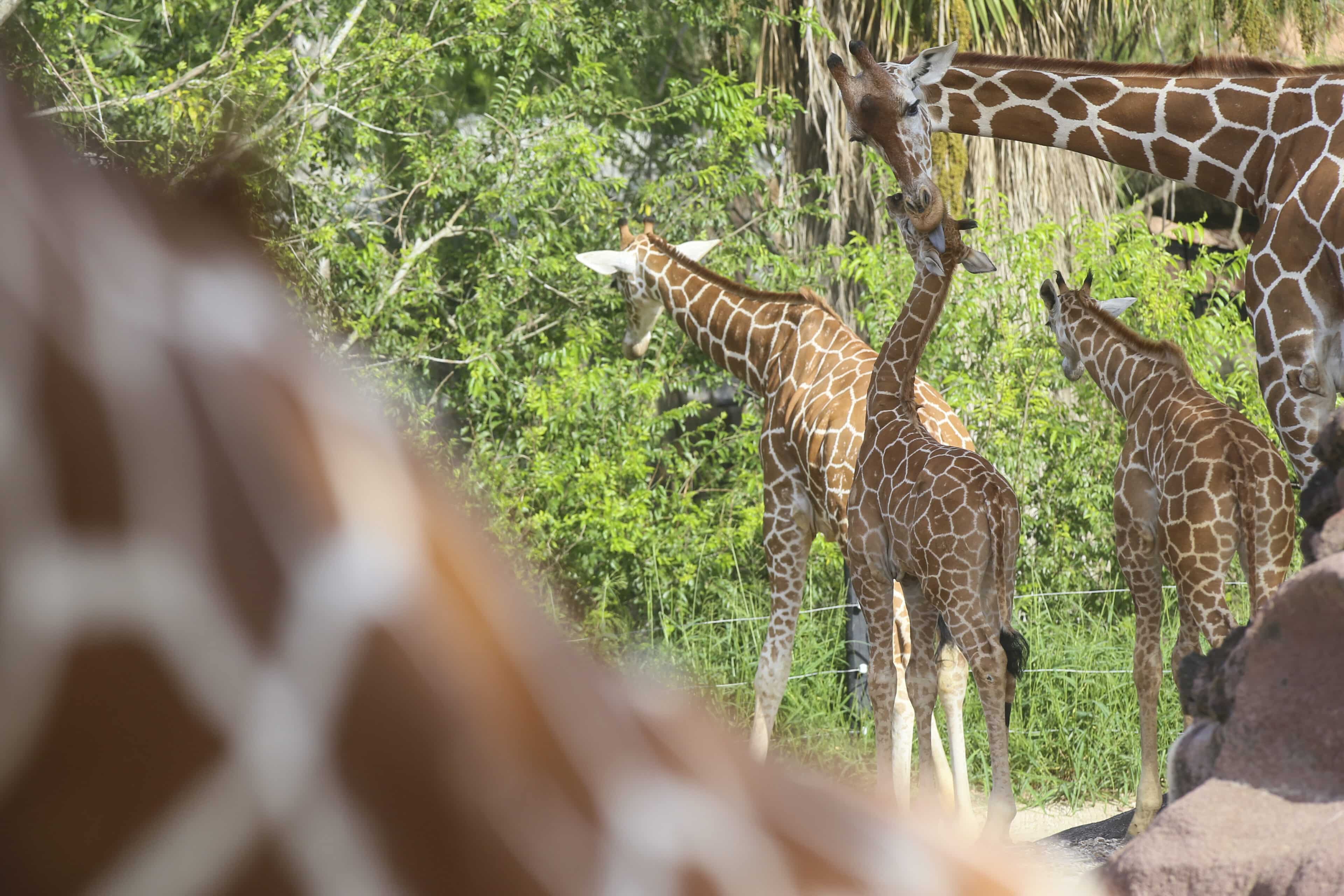
Across the park, the new dromedary camel calf is sticking close to its mother, Jenny, as it explores its new home before the herd is reintroduced.
The new calf weighed around 130 pounds and was just under 6 feet tall at its birth.
Dromedary camels typically gestate for about 14-15 months, before the mother slips off to have her young away from the herd, where they’ll stay apart before rejoining several weeks later when the calf is older.
“For a first-time mom, Jenny has been doing a great job. Her maternal instincts kicked in immediately which is the best case scenario we could hope for. It’s always best for the parents to raise their young rather than staff having to step in,” Dupree said.
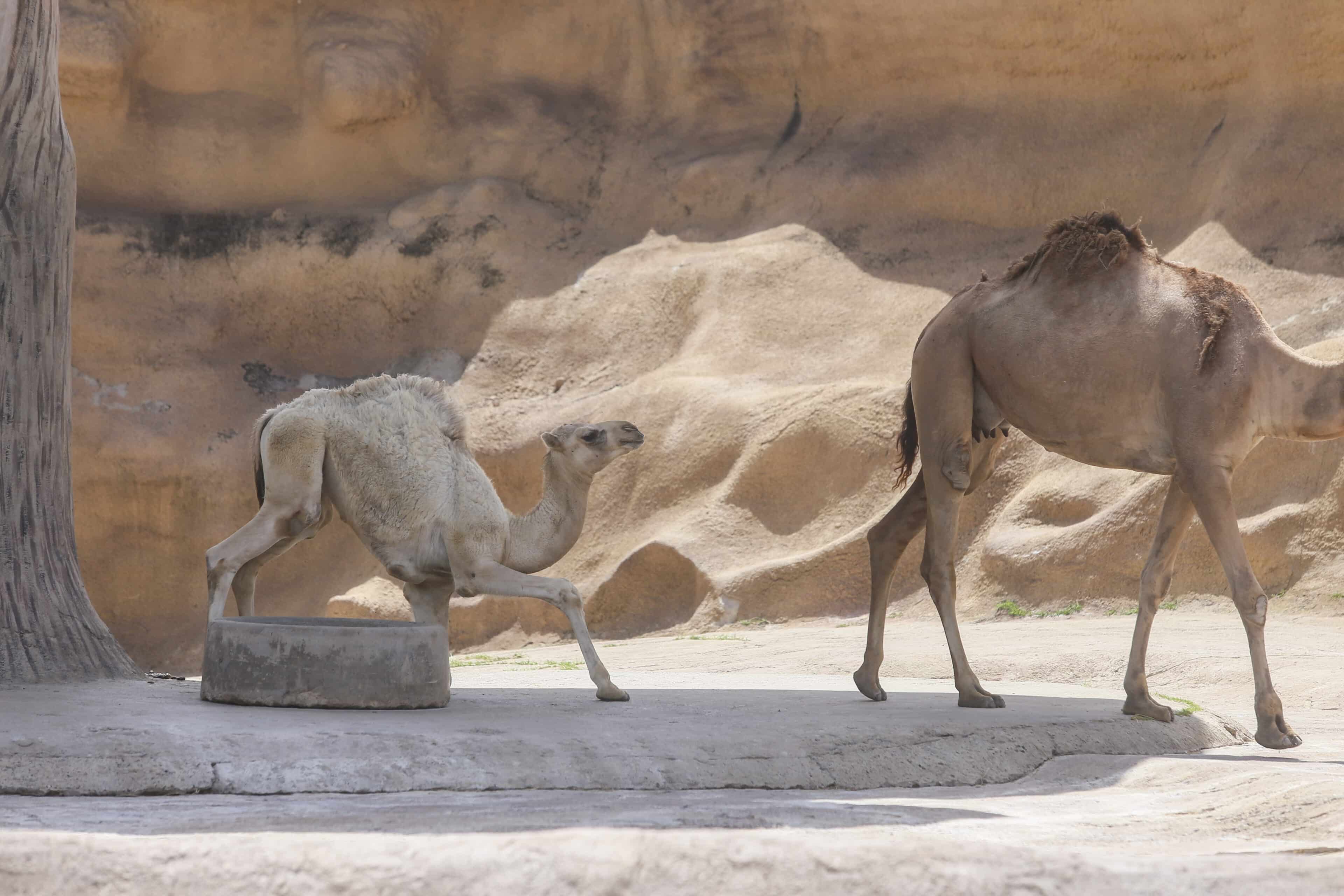
While neither calf has a name yet, naming rights for the male giraffe calf will be one of the items available during the upcoming Zoofari fundraiser auction on Oct. 2nd. Zoo staff are planning to announce in the near future how they plan to go about the naming method for the dromedary camel calf.
For both of these animals, Dupree hopes that visitors’ experiences will help jumpstart an interest in researching these animals and the natural world in order to raise public consciousness about the environment and our role in it.
“Our temperatures are going up, whether you believe in climate change or not, and whatever we do to those animals we are going to be doing to ourselves. If we save them we save ourselves…we are all tied together,” he said.
For more information about the zoo, you can visit www.gpz.org

